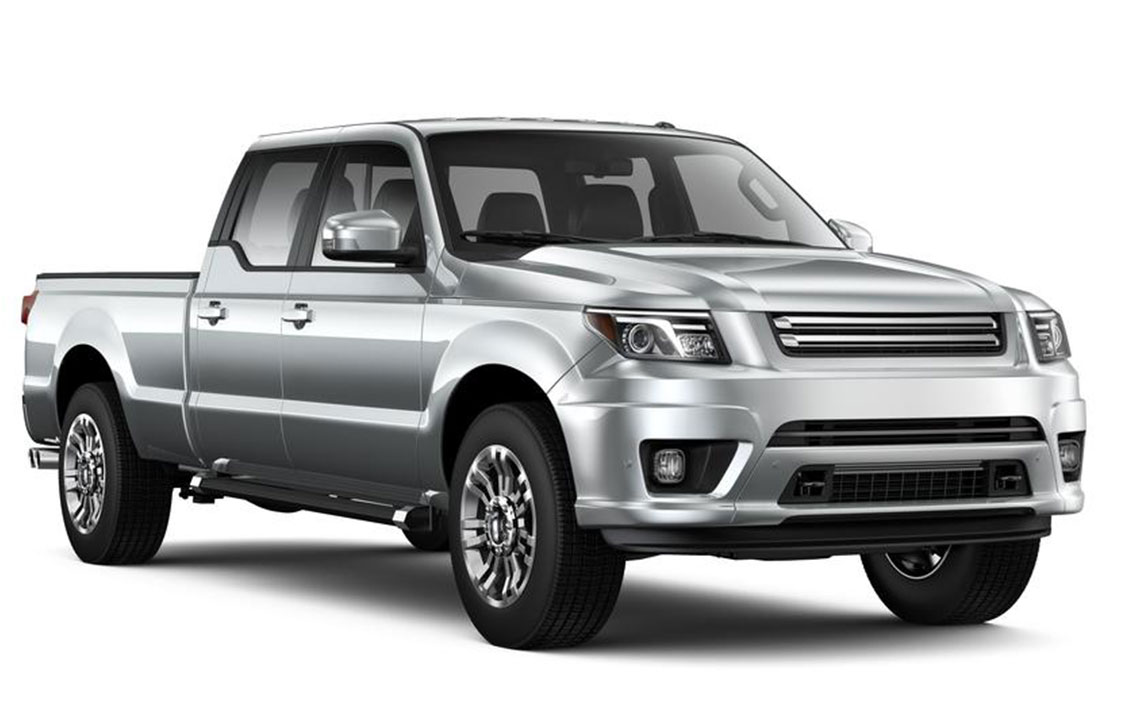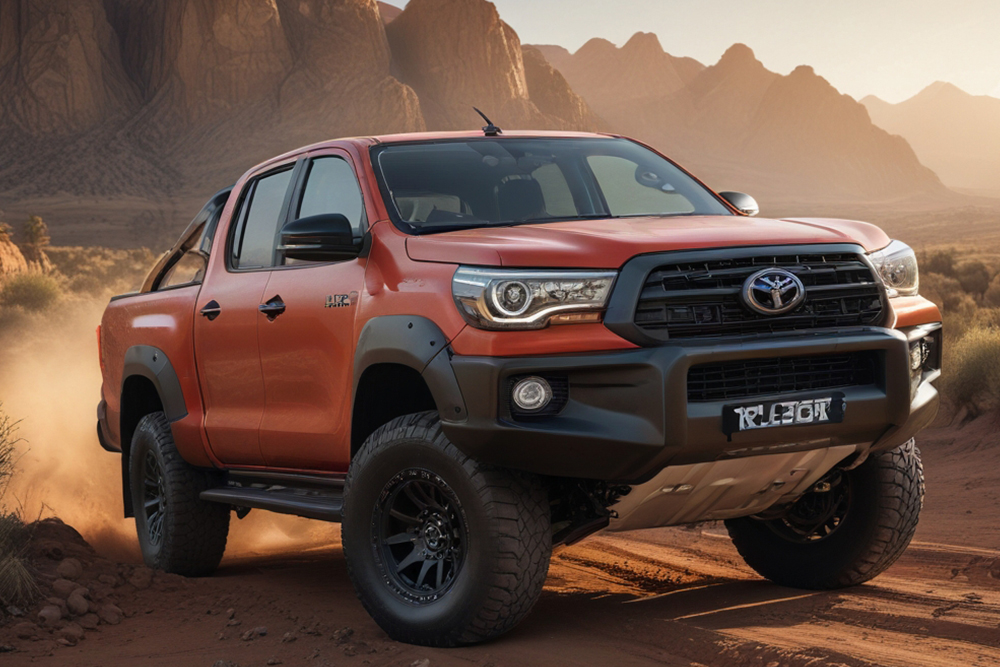In-Depth Review of the Chevrolet S-10 Pickup Truck
Explore the evolution and features of the Chevrolet S-10 pickup truck, from its launch in the 1980s to its final model in 2004. This comprehensive overview highlights its configurations, engine options, safety enhancements, and off-road capabilities, showcasing why it remains a popular choice among budget-conscious drivers seeking a reliable, versatile truck.

The Chevrolet S-10 entered the market in the early 1980s amid the growing popularity of small Japanese trucks. Recognized for its affordability, customization options, and reliability, it attracted buyers needing a compact yet versatile vehicle for daily tasks or light-duty work. Designed as a smaller alternative to full-sized pickups, the S-10 was suitable for both personal and professional use. Throughout its production, it evolved into a dependable choice with various configurations and enhancements, maintaining its reputation until it was replaced by the Chevrolet Colorado in 2004.
Model Development
Over its 23-year lifespan, the S-10 went through two major generations. The second-generation models, manufactured from 1994 to 2004, are especially valued for their innovation and durability.
The second-generation S-10 was available in regular, extended, and crew cab versions, with options for long or short beds. The 1996 Sportside bed added a sporty aesthetic, while models with three doors facilitated easier access for passengers and cargo. The ZR2 trim provided off-road readiness, featuring tough suspension, larger tires, and standard four-wheel drive, making it popular among outdoor adventurers.
Extended cabs included a rear-hinged door on the driver’s side and a fold-down jump seat, ideal for pets or extra cargo space.
Models from 1994 to 1997
During these years, the S-10 was powered by a 2.2-liter four-cylinder engine with 118 horsepower and rear-wheel drive. An optional 4.3-liter V6 produced 165 horsepower, available in both two- and four-wheel-drive versions. Engine improvements in 1996 boosted performance. Transmission options included a four-speed automatic or a five-speed manual.
Early models lacked certain safety features, but after 1996, four-wheel antilock brakes became standard. A driver’s side airbag was introduced in 1995, and passenger safety features were enhanced significantly after 1998.
Models from 1998 to 2004
The 1998 refresh brought styling updates and improved interior features, including dual airbags. The 1999 S-10 Xtreme emphasized street performance with rear-wheel drive, lowered suspension, body accents, 16-inch alloy wheels, and sporty details. In 2001, GM introduced a five-passenger, four-door crew cab, adding versatility for families and work crews.
Conclusion
The Chevrolet S-10 is cherished as an affordable, adaptable compact pickup. Its steady updates, supportive design, and reliability kept it relevant until production ended in 2004, succeeded by the Chevrolet Colorado.


